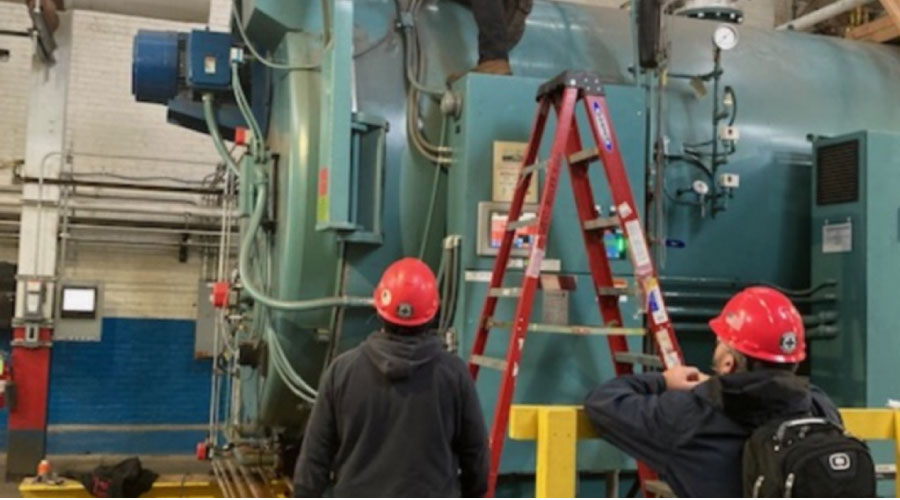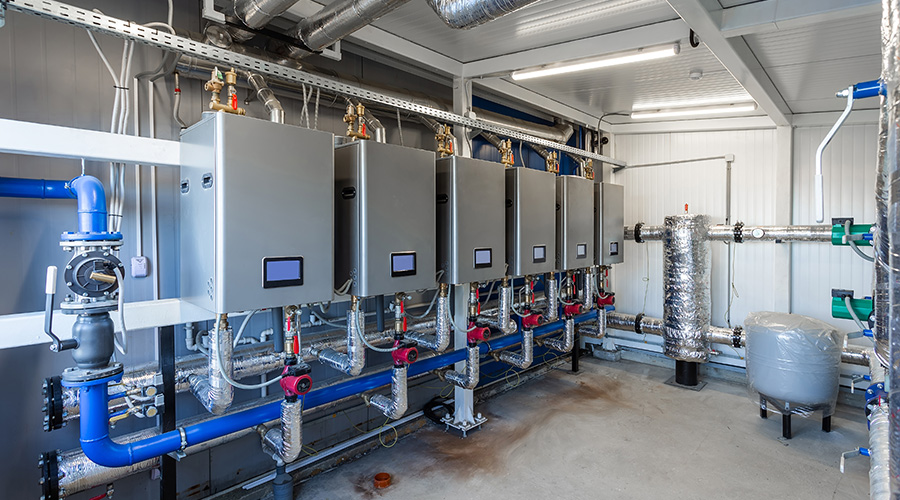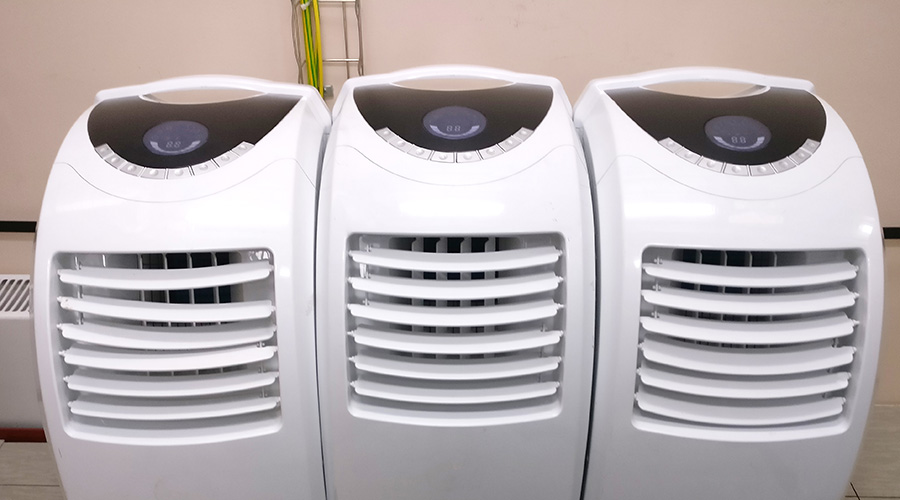Managers Can Install Pumps in a Series or Parallel
The next step in improving energy efficiency is to determine if the system is operating effectively and efficiently.
Pump types and configurations depend on system characteristics. Pumps operate by creating a pressure difference across the impeller, which induces flow. Those installed in a series increase pressure, while those in parallel increase flow. Some are designed to maintain pressure, and others are designed for flow, but most maintain a balance between pressure and flow.
These characteristics vary by pump and are available from the manufacturer in a pump curve, which helps equipment operators determine the way the pump might respond to system changes, such as increased pump speed or system pressure.
Fluid characteristics also will affect pump and system design and efficiency. For example, if the pump is handling a solution of ethylene-glycol, the pump curve will be different than one for a pump handling water.
Related Topics:














